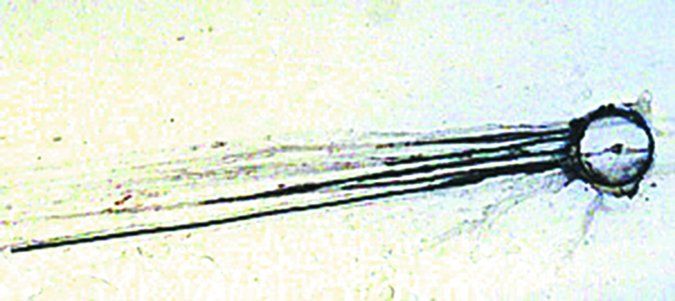Whether and when to apply CorrosionX or ACF-50 depends on the age of the airplane and where it primarily flies. Over the last 15 years, manufacturing changes have meant that new airplanes come out of the factory with far superior corrosion-resistant treatments than previously. Based on what I learned preparing this article, if your airplane is older than 15 years and it has not had an FTFC treatment in at least five years, it would be wise to seriously consider fogging it at the next annual. Paul New of Tennessee Aircraft Services got my attention when he said bluntly, “If your airplane is 40 years old, it’s corroding.”
The second, and equally important, risk factor is a combination of where your aircraft is based and where you fly it. The worst places in the U.S. for aircraft corrosion are along the Gulf Coast, the southern Atlantic coast and the state of Hawaii—due to the combination of salt-laden air, heat and humidity. New England is second in line for corrosion risk, having salt air, acidic rain and humidity, but less heat.
However, just because your aircraft is based in a low humidity area such as central Colorado does not mean you can ignore the risk of corrosion on a legacy machine. Where your aircraft lived before you owned it has to be considered along with whether you ever fly to higher corrosion risk areas, such as the Midwest during a hot and humid summer day.
Scott Utz, proprietor of Arapahoe Aero at Denver Centennial Airport, told me that it’s rare for his shop to see evidence of corrosion on his customers’ aircraft. Nevertheless, what matters is what is happening between the parts of the airplane that cannot be easily seen. Accordingly, on older airplanes, inspection may not be an adequate method of preventing serious damage from corrosion. An FTFC treatment is inexpensive insurance.
For airplanes based in high-risk areas, shops recommended treatment at least every two years—for progressively cooler and dryer climates, the frequency dropped to once every five to seven years.
Fogging a piston single requires no more than two quarts of CorrosionX or ACF-50. Both manufacturers have pointed out that a little goes a long ways during treatment, although shops we spoke with tended to say that they want to err in slightly over- rather than under-applying.
It’s important to treat the entire aircraft, not just the wings and tail. Cabin windows are notorious leakers and that water is a superb source of electrolytes to spur corrosion. That means pulling the interior and treating all of the fuselage.
Some of the mechanics we spoke with said that a number of their customers do some sort of treatment of their airplanes any time the interior is out, even if it’s just using CorrosionX or ACF-50 in a spray can or putting it on a rag and wiping it on metal parts.
Shops I spoke with also gave some manufacturer-specific risk areas: Cessna—interior sidewalls, notably the area where the black nylon/lead panels may touch the skins and the inboard wing spars on 210s and Cardinals; Mooney—areas around fuel drains and lower fuselage; Piper—wing attach fittings.
Smart homeowners treat for termites prior to evidence of an infestation—at only $300 for a treatment that can last years, I think smart legacy aircraft owners should have theirs fogged with ACF-50 or CorrosionX regularly.


